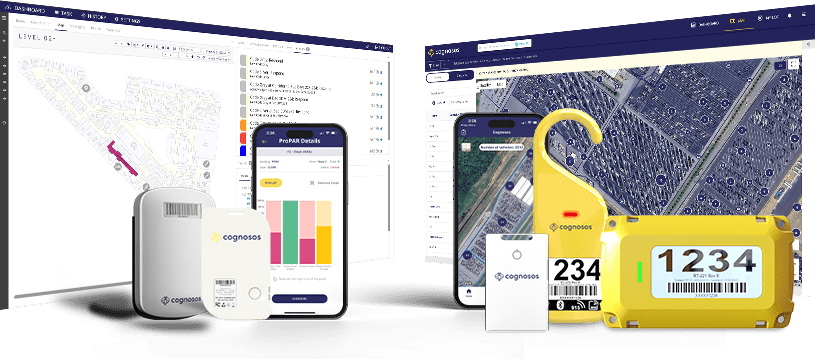Cognosos’ Adrian Jennings sits down with SupplyChain 24/7 to discuss why tracking inside a facility is so challenging, and how better sensor technology can fix it
It’s a common problem in the manufacturing world: tracking goods in transit is one thing, but keeping tabs on inventory once it’s inside the factory is a whole different beast. According to Adrian Jennings, Chief Product Officer at Cognosos, the lack of visibility on the factory floor is costing companies significant time and money. He explains why traditional tracking methods fall short and what a modern approach looks like.
The Chaos Inside the Plant
Tracking items within a manufacturing plant is often harder than tracking them across the country. As Jennings points out, “A manufacturing plant is a complex environment for tracking technology because of its structure, contents, and the constantly changing workflow.” The abundance of metal in the building, tools, and products themselves causes signals to bounce and get obstructed, disrupting most tracking systems. This is all compounded by the fact that everything is in constant motion.
So, why do items go missing? It’s not usually because of a flaw in the regular process flow. The real culprit is what Jennings calls “process exceptions.” A manufacturing floor is a carefully choreographed ballet, but when something jeopardizes the line’s flow, items are often moved quickly and placed wherever there’s room, not in their designated spot. “Not in the right place’ means something has fallen outside the normal process flow,” Jennings notes. This simple act of misplacement can cause significant delays, as employees waste time searching for items that are just a few yards from where they should be.
Illuminating the “Ground Truth”
The key to solving this problem lies in sensor technology. Rather than relying on where items are supposed to be, sensors show staff exactly where they are. According to Jennings, “the location of an item is a key indicator of the status of a process, so that sensor ground truth is really illuminating the current process state.” By comparing this real-time location data to the expected state, sensors can alert staff to exceptions. This not only helps workers find misplaced items immediately but also provides valuable data to help managers optimize processes over the long term.
The Challenge of Scaling
Implementing tracking technology isn’t a one-size-fits-all solution. Each plant has unique characteristics and process flows. Jennings emphasizes that for a system to truly succeed, it must be highly adaptable. He says he’s never seen a company implement tracking technology that didn’t go on to solve ten other problems that were never considered at the start. This means a system must be able to adapt to new tracking challenges without a major investment in new IT or construction.
The Future of Visibility
The good news is that attitudes toward this technology are changing. Jennings has seen a “substantial change over the last 10 years,” where what was once a “nice to have” is now “a crucial technology to support complex processes.” The value of real-time visibility is now widely understood.
Looking ahead, Jennings sees an exciting future with innovations in AI and multimodal tracking technology. By combining different sensing modes, like BLE and GPS, and using AI to interpret the data, these new systems are set to provide better performance and a higher return on investment. With these technologies becoming easier to install and more affordable, it’s easy to imagine a future where they are “truly ubiquitous.”



